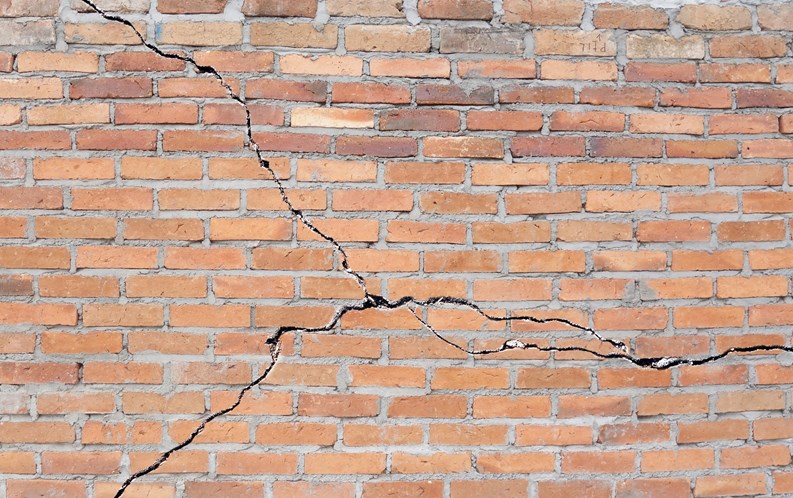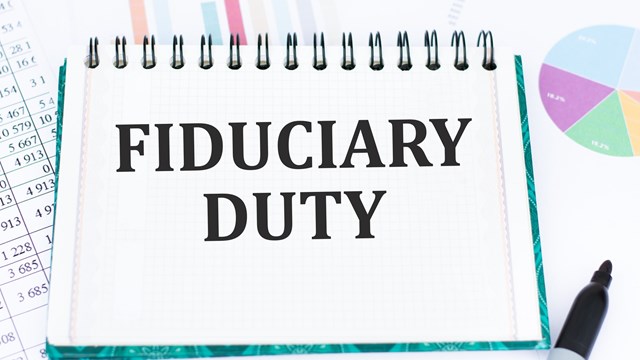Now that the official ‘pause’ on construction has been lifted, more and more construction projects stopped by the onset of the pandemic will be starting - or finishing up. Possibly complicating this shift is the fact that there is a new round of Local Law 11 work on facades coming up. This can involve various types of buildings, but a lot of it involves co-ops and condominiums. Many co-ops and condos have squirreled away money over the past few months in anticipation of this, refinancing underlying mortgages on the building or implementing assessments to raise sufficient funds. Most of this work will be performed on the exteriors of the buildings themselves, i.e., on facades, roofs, and cornices, but other renovation work may be bundled in as well.
Some aspects of the construction and inspection process are not open to debate; license fees and appropriate permitting for necessities like sidewalk sheds, for example, are in place to protect the life, health and safety of pedestrians, and are therefore not negotiable. However, many of these projects will also require access to neighboring buildings for various reasons - and that is where things can get a bit more complicated. A lot of what can be done by neighbors depends on where the two buildings are located and the configuration of the work area. For example, one co-op in Queens had a big open area in the back of the building where trucks could drive in to drop off materials and scaffolding could be stored for work on an adjacent building. The adjacent building’s use of this area was subject to negotiation of a licensing fee.
Along with storing materials, a neighboring building may request the use of your roof or your backyard as a product staging area. In the case of one of my client buildings, a neighboring co-op wanted to carry construction materials through the client’s ground floor, then use their service elevator to transport it all to the roof. The risk of damage to common area walls, flooring, and the elevator itself posed by equipment, lumber, and work crews is obvious. Interestingly, after we told the other party what our access fee would be, they quickly came up with a way to transport the materials through their building, and then up to the roof.
Some buildings and contractors don’t bother to ask permission; depending on the configuration of the buildings, they may simply go on other people’s roofs, or use ladders to gain access over a dividing wall or fence. I know of one shareholder who came home from work to find the side of their building painted a different color. The neighbor’s contractors had used ladders, climbed over the fence and set up their own equipment. Another couple with an apartment on the top floor of the same building awoke one morning to the sound of workmen talking on the roof, directly outside their bedroom window. The shareholders may not have even realized those workers shouldn’t have been there - but they were upset, to say the least.
Avoiding Trouble
To avoid such situations, an access agreement (sometimes also called a license agreement) is a good first step. This document allows the buildings involved to anticipate, discuss, and sort out these issues and have insurance in place ahead of time. If one building needs prolonged use of another building’s space, coming to mutually agreeable terms of that use is like negotiating rent. After all, some of these projects can last a long time.
Damage from a neighbor’s construction usually involves one of three main scenarios: Damage within your own co-op or condominium building from an apartment undergoing renovation; damage within your own co-op or condominium building from renovation work being done by the building itself; and damage from a neighboring building’s construction. That last one can be a project by a developer - such as adding more floors - or work by a penthouse owner wanting to expand their apartment. In each case, there is the potential for damage - so what, if anything, can be done to avoid it?
First you must document the existing conditions in what’s called a pre-construction survey. This must be done before the work is started to document the status of the building or apartment so that if damages occur during the course of the project, you can compare the ‘before’ to the ‘after.’ Many buildings and their managers insist on having such surveys, which always include photographs - often taken by an engineering consultant or architect - and usually have some narrative describing conditions within and outside the building to show baseline conditions on a given day. For example, it will show that you did not have any cracks in your walls and ceilings on the day before construction commenced, and now you do - or that cracks that were already there became larger as a result of the work being done.
Along with the photos themselves, it’s essential to keep a written record describing what each photograph shows. You may think you remember what the room looks like, but when you see the photos, you may feel disoriented and not realize which view you are seeing, or the context. It is always best to photograph a room first from a distance to give perspective and orient the viewer, then focus in on specific areas around the room. If you just zoom in on a crack, you may not be able to say exactly where that crack was later on. To the extent you may have invoices showing what you originally paid for a given element or surface, it can help in determining what it will cost to replace the item in the event it’s damaged.
A Word on Individual Projects
In an individual co-op or condominium apartment, the process will be aided and largely governed by an alteration agreement, which is a contract between the building and the shareholder or unit owner performing the work. The size and content of the agreement will vary from building to building.
Among other things, an alteration agreement will include what can - and cannot - be included in a project, and will hopefully contain safeguards to protect adjacent residents in the event of damage to their units as a result of a neighbor’s project. Perhaps the most important element in an alteration agreement is a security deposit, which the building will hold in case of such damage - though how and when that gets paid out can be complicated. There must also be a contractual requirement for insurance, naming the co-op or condominium as an additional insured. Most property managers are usually very proactive in making sure alteration agreement requirements are enforced.
Owners and shareholders may also commission a pre-construction survey - though it may have a different focus from the one taken by the developer or neighbor building, so it can be helpful to have both - and if you own very valuable items, such as artwork, it’s crucial to have them professionally appraised before any work commences.
Damage from construction projects can be both extensive and expensive - so if your board has been advised that construction will be commencing next door, you should be well-armed with solid legal counsel and a team of experts to help you understand what your neighbor is planning to do, and what potential problems may arise for your building as a result. Boards who are not prepared find out about problems after the fact, then seek legal counsel - but it should be the reverse.
C. Jaye Berger is an attorney in New York City focusing on real estate, building construction and renovation law, co-op and condominium law and litigation.










Comments
Leave a Comment